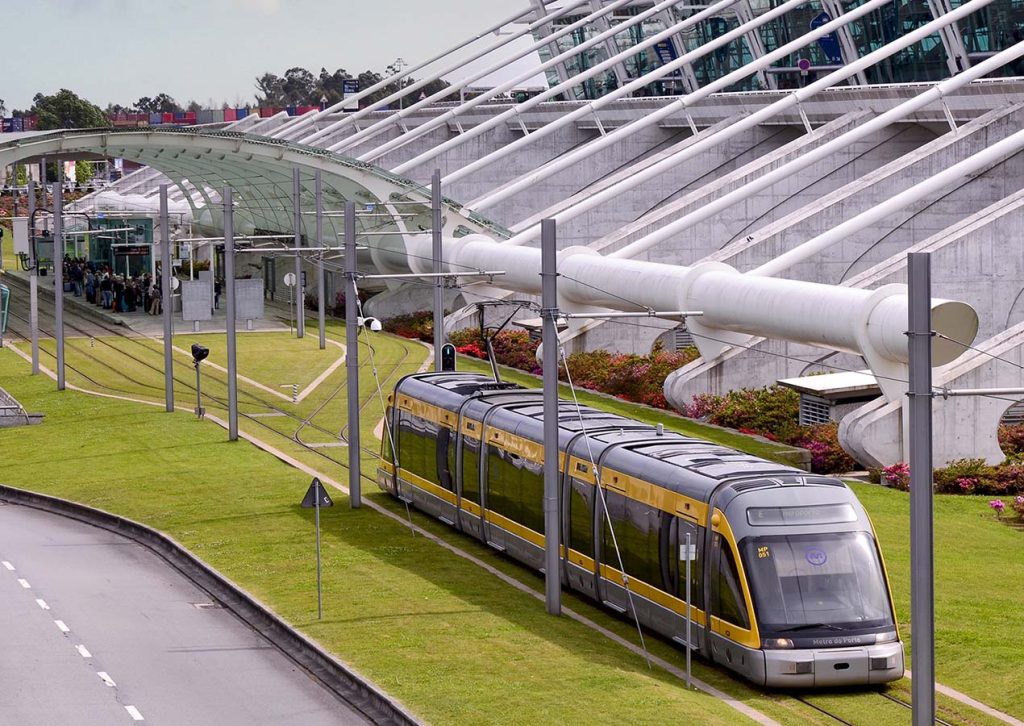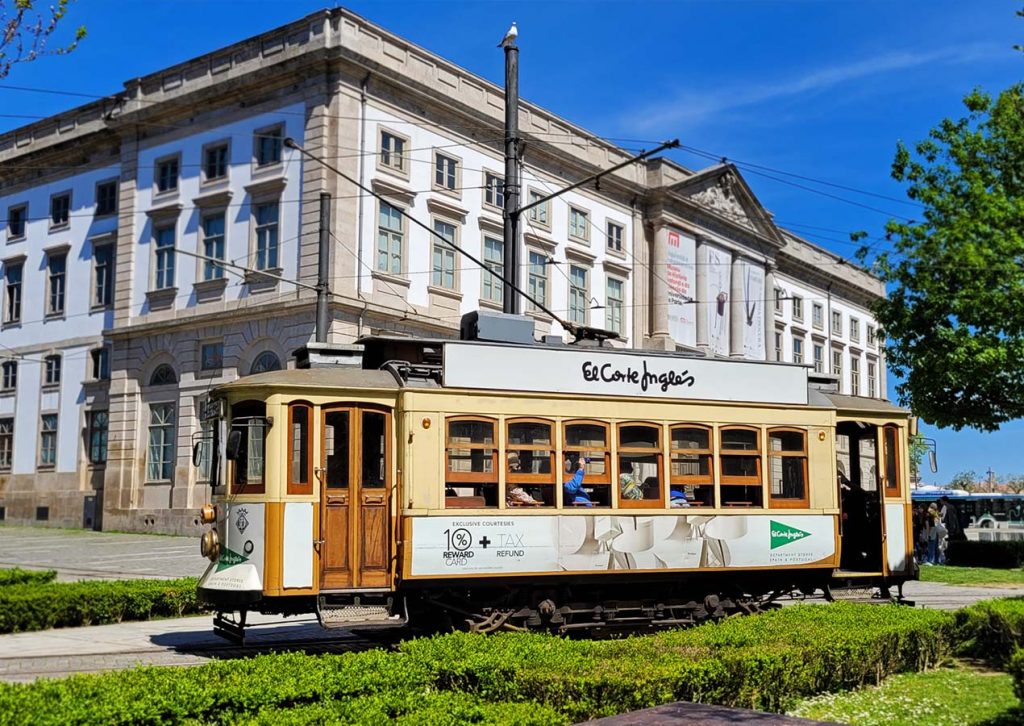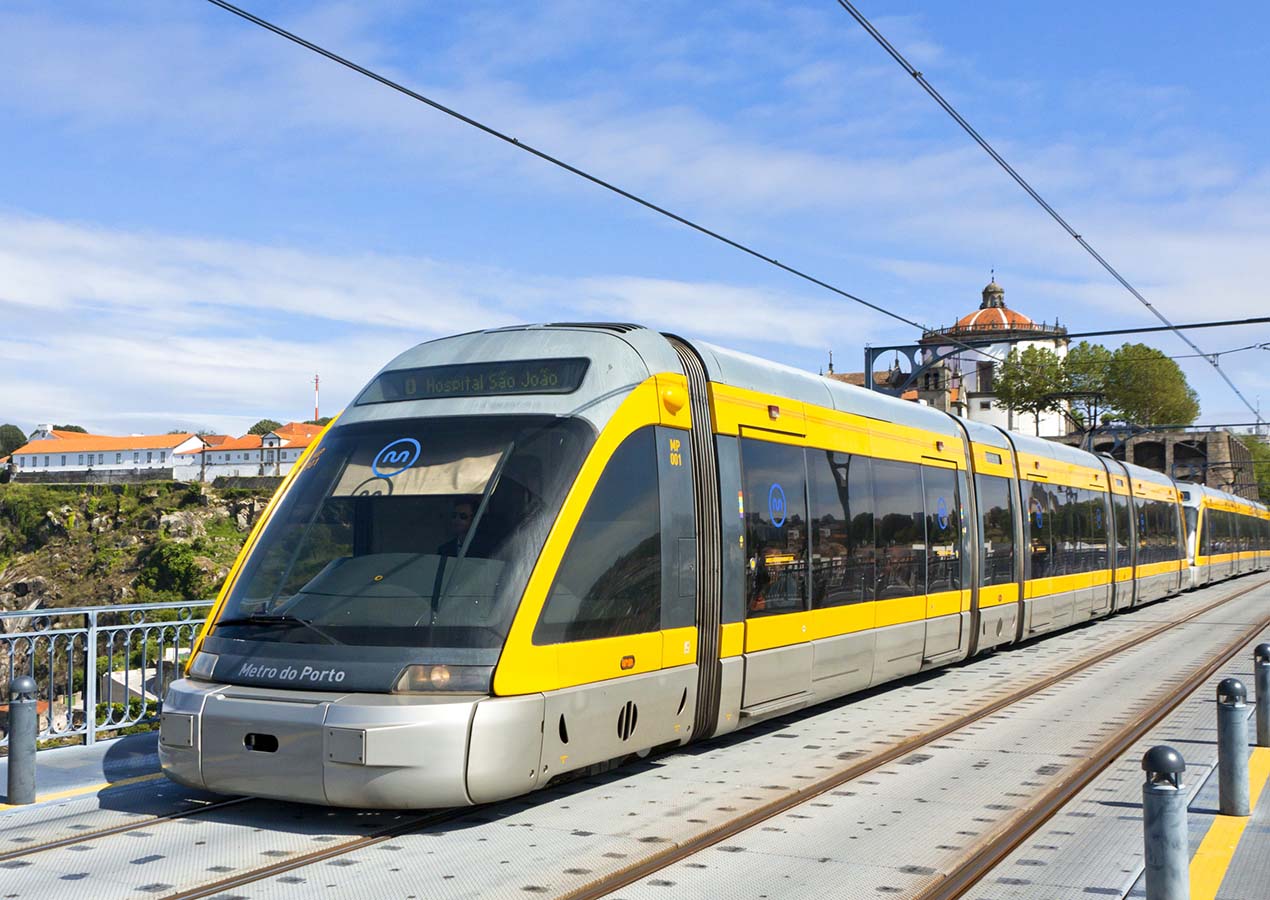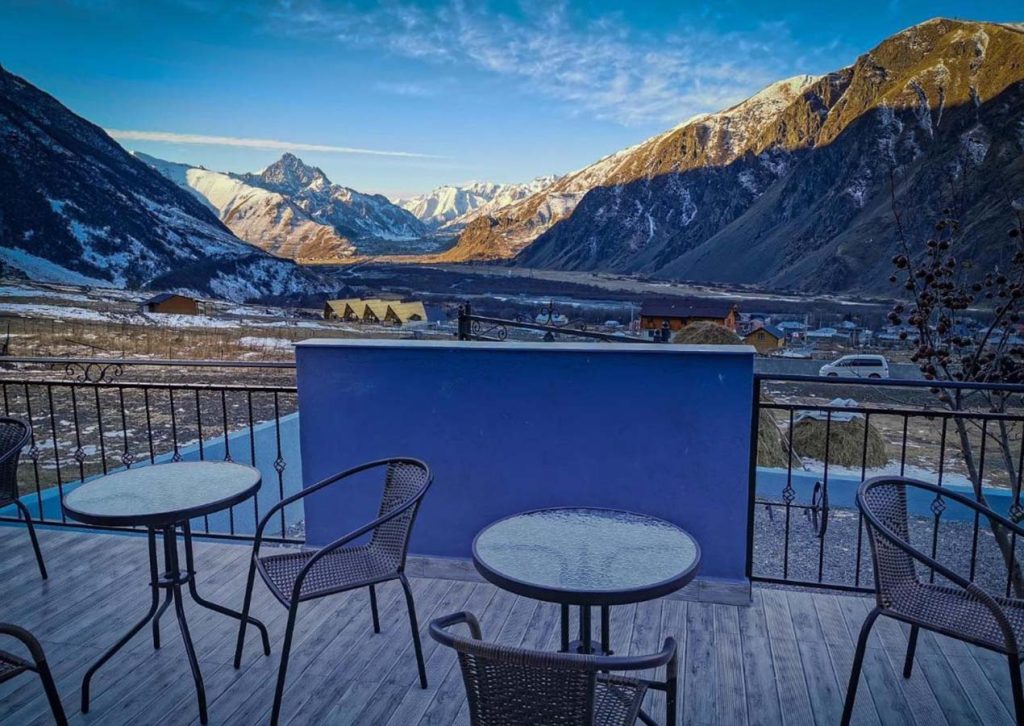When you first arrive in Porto, the city’s charm immediately sweeps you off your feet – a mix of old-world beauty, modern conveniences, and the gentle flow of the Douro River. But one of the questions every traveler faces is, “How do I get around the city efficiently?” Luckily, Porto offers a comprehensive and easy-to-navigate public transportation system that allows you to explore its iconic landmarks, hidden gems, and cozy neighborhoods without breaking the bank.
I’ll walk you through everything you need to know about Porto’s public transport system – from buses to metro lines, trams, and even boats – ensuring that your time here is as smooth and enjoyable as possible.
1. Porto Metro: The Lifeline of the City
The Porto Metro is probably the most convenient and efficient way to get around the city. With six color-coded lines (A, B, C, D, E, and F), the metro connects central Porto to its surrounding suburbs and even takes you all the way to the airport. What I loved about the metro is its cleanliness, punctuality, and ease of use.
How to Use the Metro
Using the metro is quite simple. First, you’ll need to purchase an Andante card. This reusable travel card works on all forms of public transportation in Porto. I found it at the airport when I first arrived and topped it up at one of the automated machines in the metro stations. You can buy either a single ticket or opt for a day pass if you plan on using the metro frequently – the day pass definitely saved me a few euros as I was hopping on and off regularly.
One thing I quickly learned is that Porto’s metro operates on a zone-based system. The city and its suburbs are divided into different fare zones, so it’s important to know which zone you’re traveling to when purchasing your ticket. The machines are user-friendly and available in multiple languages, including English.

Key Stops and Destinations
- Trindade Station: This is Porto’s main metro hub where multiple lines connect. It’s a great starting point for exploring the city.
- Casa da Música: This stop brings you to one of Porto’s most iconic cultural landmarks, the Casa da Música concert hall.
- São Bento: Even if you aren’t catching a train, hop off at São Bento station to admire its famous azulejos (traditional Portuguese blue tiles) that cover the walls.
- Jardim do Morro: Located just across the Douro River, this station gives you access to the perfect vantage point to view the entire city from above.
2. Buses: The City’s Backbone
While the metro covers a lot of ground, Porto’s bus system is equally essential, especially when you want to explore areas the metro doesn’t reach. There are over 70 bus routes that crisscross the city and its surrounding neighborhoods. I often found myself hopping on buses to get to the beaches or quieter residential areas where the metro lines didn’t go.
Tickets and Payment
You can use the same Andante card on the buses as you would for the metro. One swipe and you’re good to go! Just make sure to validate your card as soon as you board. Alternatively, you can buy a single ticket directly from the bus driver, but these are usually a bit more expensive, and exact change is preferred.
Bus Routes to Know
- 500 Line: One of my favorite bus routes, the 500 takes you along the scenic route by the riverfront, ending at Matosinhos Beach. It’s the perfect way to combine sightseeing with getting around.
- 207 Line: This line connects the city center to Foz do Douro, where you can find some of Porto’s most beautiful beaches. I recommend this route if you want a mix of urban exploration and a seaside escape.
3. Trams: A Ride Through History
Porto is famous for its charming vintage trams, which add a nostalgic feel to the city’s already rich historical ambiance. Riding a tram is more of an experience than just a means of getting from point A to point B. The clatter of the tracks, the wooden interiors, and the leisurely pace all transport you back in time to an era when life moved just a little bit slower.
Must-Take Tram Lines
- Line 1: This is the most popular tram route for tourists. It runs along the riverfront from Ribeira to Foz, offering stunning views of the Douro River. I hopped on this tram on a sunny afternoon, and it was one of the highlights of my visit – the gentle breeze from the river and the picturesque views were unforgettable.
- Line 18: This route takes you to the Museu do Carro Eléctrico, Porto’s tram museum, where you can learn more about the city’s transport history.

Tips for Riding the Tram
While the tram is a bit pricier than the metro or buses (a single ride costs around €3), it’s worth the experience, especially if you’re looking for a leisurely way to see the city. Make sure to bring exact change or buy a ticket in advance, as not all drivers will have change for larger bills.
4. Funicular dos Guindais: A Unique Ride Up the Hill
One of the most unique forms of transportation I encountered in Porto was the Funicular dos Guindais. This short but steep ride connects Ribeira (the riverfront district) with Batalha, located on a higher elevation. If you’re walking around Ribeira and want to save your legs from the climb up, this funicular is the perfect solution. The ride only takes a few minutes, but the views as you ascend are stunning, especially if you go at sunset.
Tickets
You can use your Andante card here as well, or purchase a single ticket for about €2.50. I personally found the funicular to be a great little detour after a long day of walking around the riverside.
5. Ferries: Crossing the Douro River in Style
Another interesting way to explore Porto is by taking one of the ferries across the Douro River. While the city is connected by several iconic bridges, including the famous Dom Luís I Bridge, the ferry offers a unique way to enjoy the water and avoid traffic.
The main ferry service I used is operated by Transtejo Soflusa and runs between Porto’s Ribeira district and Vila Nova de Gaia (on the southern side of the river). This is where all the famous port wine cellars are located, so it’s a must-visit destination. The ferry ride is quick (about 5-10 minutes) but offers great views of the city skyline.
Tips for Ferry Rides
The ferry is inexpensive, costing around €3 per trip. It’s also a great way to experience Porto from the water without committing to a longer (and pricier) boat tour.

6. Biking Around Porto
Porto may be known for its steep hills, but that doesn’t mean cycling isn’t a viable option! The city has been making strides to improve its bike lanes and encourage cycling as a green mode of transport. I rented a bike from a local shop and spent a day exploring the flatter areas of the city, particularly along the riverfront.
Bike Rentals
You’ll find plenty of bike rental shops in central Porto, with prices ranging from €10-€15 for a full day. Some shops even offer e-bikes, which make navigating the hills much easier. I opted for a regular bike and stuck to the riverside routes, which are mostly flat and easy to cycle.
7. Taxis and Ride-Sharing: Convenience at Your Fingertips
If you ever find yourself in a rush or just want to avoid public transport altogether, Porto has plenty of taxis available. While I didn’t use taxis much, they’re a good option if you’re traveling late at night or with heavy luggage. The fares are reasonable, and you can hail a taxi on the street or use one of the taxi stands scattered around the city.
For a more modern option, Uber and Bolt operate in Porto, and I found them to be very reliable. Prices are generally lower than taxis, and the convenience of calling a ride from your phone is a big plus.
Porto’s Public Transport
Exploring Porto through its public transport system was one of the best decisions I made during my trip. Not only did it save me money, but it also allowed me to experience the city like a local. From the metro’s efficiency to the nostalgic charm of the trams and the funicular’s scenic climb, Porto offers a variety of transport options that cater to every traveler’s needs.




